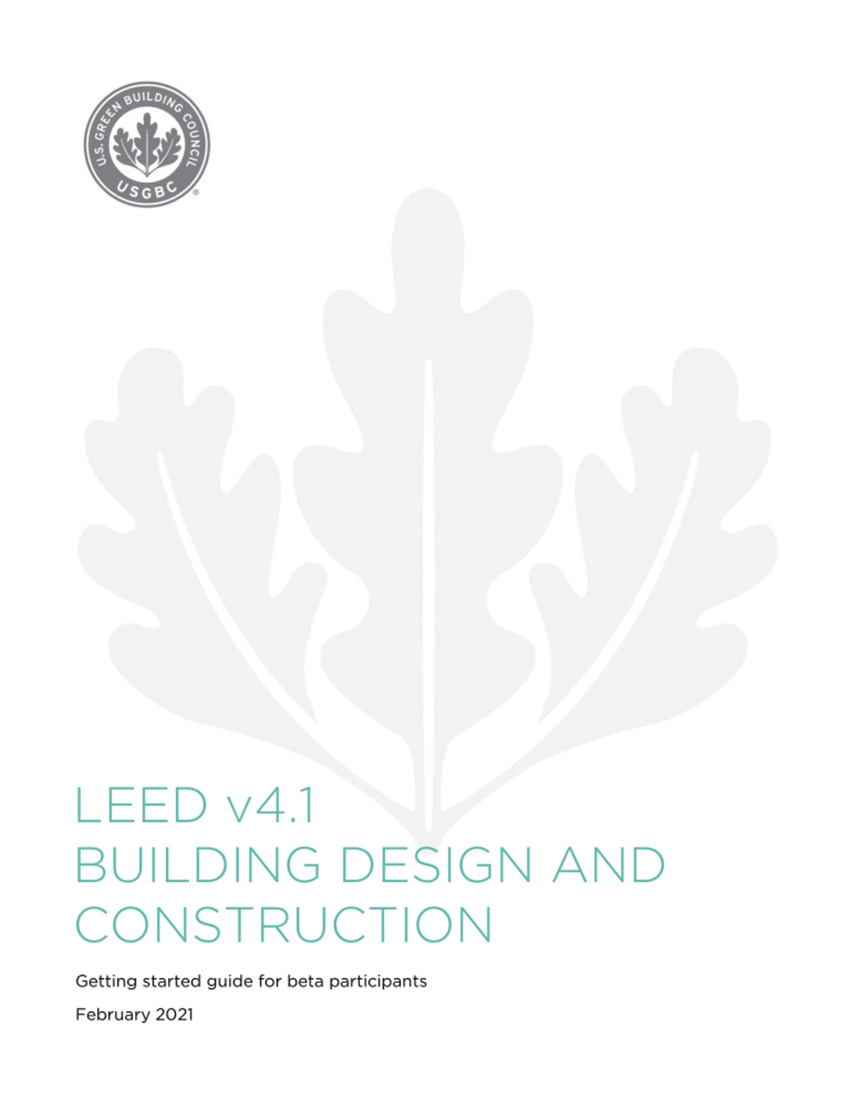Controlling Water Use in Sustainable Buildings
Not only do building owners need to be aware of the potential for water leaks, but so do design professionals as part of their firm’s risk management strategy. That is because the longer it takes to discover a leak, the higher the costs can be and the higher potential for liability. The longer water leaks out, the bigger the cleanup will be, business or other operations may be disrupted, and the health of building users or tenants may suffer. And as noted, excessive water leakage is clearly not sustainable, undoing any efforts during design in that regard.
While any building could suffer from water leaks, some circumstances can carry increased risk:
- Newly constructed buildings, which need to go through a start-up and commissioning period to find and detect any plumbing issues.
- Aging buildings (i.e., more than 20 years old) may have plumbing parts or components that are wearing out.
- Buildings with raised floors which can conceal inconsistencies in the plumbing.
- Buildings that experience extreme seasonal weather, causing expansion and contraction of the piping system.
- Medical related buildings with extensive plumbing/piping systems located near sensitive and expensive equipment or near the storage of irreplaceable medical samples.
- Multi-floor buildings with tenants above and below each other with multiple sources of water on each floor.
Design professionals engaged in any of these higher risk types of buildings should certainly pay careful attention to the potential for water leakage from the plumbing and drainage systems and the means to address it.
LEED AND WATER EFFICIENCY (WE)
The LEED Green Building Rating System developed by the U.S. Green Building Council is the most recognized voluntary standard for determining the sustainability of a building. Among its various versions and building types, water efficiency has always been a prominent category. LEED version 4 is the current standard with LEED 4.1 available as a Beta pilot. Depending on the building type, 11 or 12 points are available for water efficiency out of a total possible point total of 110–a full 10 percent of the possible point total. To achieve these points, there are three prerequisite requirements and four credit opportunities.

Photo courtesy of USGBC
LEED version 4.1 maintains the same water efficiency criteria as previous versions with clarifications for different building types.









